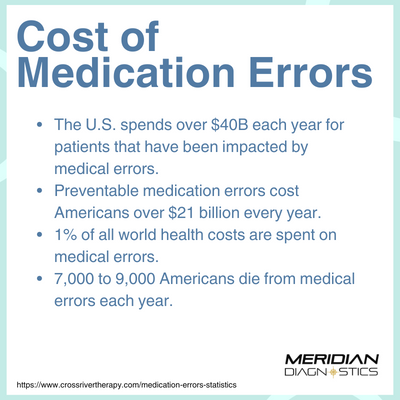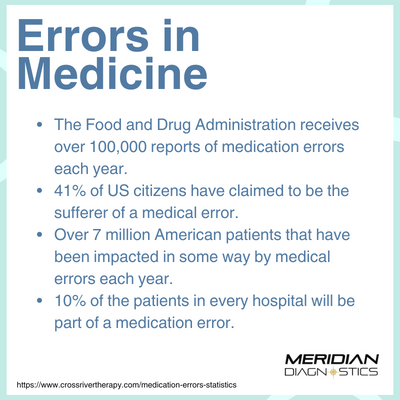
In the intricate world of healthcare, the documentation of medical necessity stands as a pivotal bridge between clinical decisions and the successful approval of insurance claims. The challenge of securing claim approvals is notably compounded by the lack of direct access to requisite patient information by laboratories. It falls upon the ordering clinics to provide comprehensive documentation that substantiates the medical necessity of ordered laboratory tests. This necessity is not universally defined but varies significantly across different insurance providers, each with their own set of policies and criteria.
 Understanding the nuances of medical necessity documentation is crucial. It serves as a tangible request to insurance companies, essentially conveying, "Here is the rationale for the laboratory test we've ordered. Please evaluate and process the associated claim." This process underscores the importance of basing clinical decisions and subsequent documentation on a patient’s specific symptoms or diagnostic findings to establish the medical necessity convincingly.
Understanding the nuances of medical necessity documentation is crucial. It serves as a tangible request to insurance companies, essentially conveying, "Here is the rationale for the laboratory test we've ordered. Please evaluate and process the associated claim." This process underscores the importance of basing clinical decisions and subsequent documentation on a patient’s specific symptoms or diagnostic findings to establish the medical necessity convincingly.
A focal point in this documentation process is the use of specific diagnosis codes. Agencies like the CMS (Center for Medicare/Medicaid Services) along with commercial insurance payers have detailed coverage policies. These policies outline diagnosis codes that substantiate the medical necessity for certain procedures, including lab tests. While laboratories, in their effort to streamline this process, may provide a list of commonly utilized diagnosis codes for specific tests, it's imperative that these codes align precisely with the patient’s clinical documentation at the time of their visit. Moreover, the diagnosis must be directly relevant to the test ordered to avoid incongruencies that could lead to claim denials.
Identifying the correct diagnosis codes can be a complex task. A common pitfall occurs when clinics reuse diagnosis codes from previous evaluations for lab test orders, without ensuring these codes accurately reflect the current clinical assessment. For example, a patient presenting with symptoms like acute low back pain, fever, and painful urination requires a meticulous examination. Should a PCR test be deemed necessary to identify a pathogen, the diagnosis codes used must specifically justify this test, rather than broadly citing symptoms that led to the initial visit.
 Accurate and thorough documentation benefits all parties involved. It ensures that patients receive the benefits for which they pay, and it facilitates appropriate reimbursement for both the laboratory and the healthcare provider. While maintaining detailed records and sharing them with labs upon request may seem burdensome, it is a fundamental aspect of contemporary healthcare. Laboratories appreciate and rely on prompt, detailed clinical notes to deliver accurate test results swiftly.
Accurate and thorough documentation benefits all parties involved. It ensures that patients receive the benefits for which they pay, and it facilitates appropriate reimbursement for both the laboratory and the healthcare provider. While maintaining detailed records and sharing them with labs upon request may seem burdensome, it is a fundamental aspect of contemporary healthcare. Laboratories appreciate and rely on prompt, detailed clinical notes to deliver accurate test results swiftly.
In conclusion, the meticulous documentation of medical necessity is not merely a bureaucratic hurdle but a cornerstone of patient -centered care and efficient healthcare delivery. It bridges the gap between clinical decisions and insurance reimbursements, ensuring that patients receive timely and appropriate care while healthcare providers are justly compensated. The collaborative effort to maintain precise and detailed documentation reflects a shared commitment to quality care and operational excellence in the healthcare sector.